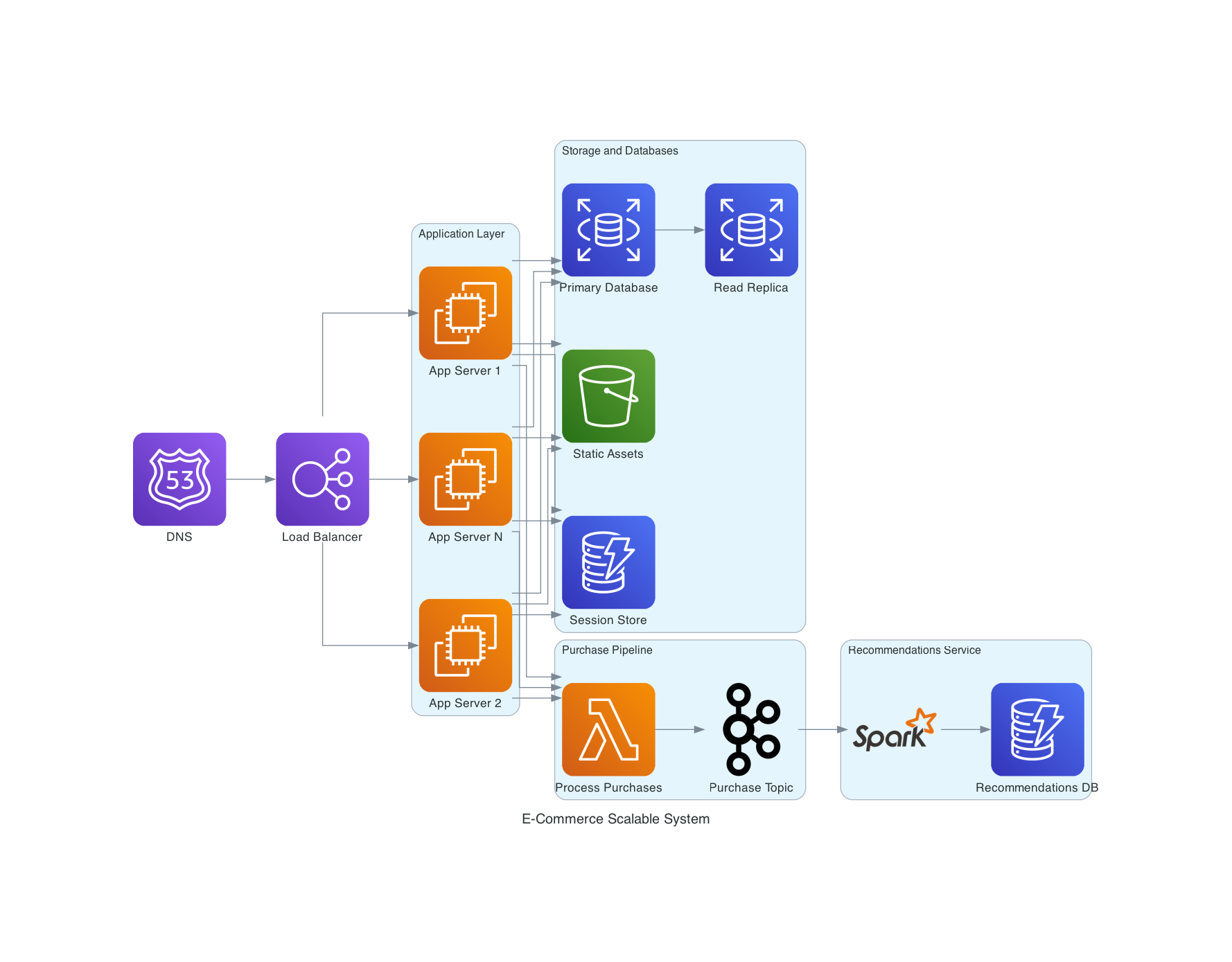Demystifying Microservices Architecture - Benefits and Challenges
Did you know that over 80% of companies are modernizing their applications and adapting microservice architecture?
According to a report by Statista, 54% of developers are considering microservices architecture for their system, and the global microservices architecture market is likely to hit US$ 6.84 billion by 2027.
If you are a current or aspiring software architect wondering why Microservices Architecture keeps gaining popularity, you have come to the right place.
In this article, we will cover the benefits and challenges of Microservices Architecture and why the top tech companies are rapidly adapting it.
Why We Need Microservices Architecture
Before Microservices Architecture, most systems were designed as monolithic applications, built as single units with all components, modules, and functions coupled into a single codebase. This entire codebase was also deployed as a single unit at runtime.
While this style was simple and worked very well for small development teams, developers and software architects realized the need for a more scalable architecture style that allowed them to grow their organization while maintaining high development velocity and cost efficiency.
After the failure of SOA and other architectural styles, Microservices Architecture gained immense popularity, helping many companies we now take for granted grow from small startups to global giants.
Principles and Benefits of Microservices Architecture
Unlike in a monolithic architecture, in a Microservices Architecture, the system is divided into small, loosely coupled, and independently deployed microservices.
Each microservice has a specific purpose and is developed and managed by a separate team. The different microservices communicate with each other through standard network protocols and well-defined APIs to achieve a common goal.
A few of the benefits that come with Microservices Architecture include:
Scalability (technical and organizational)
High Availability and Fault Tolerance
Flexibility and agility in adopting new technologies
High development velocity
Cost efficiency
And more
Microservices Architecture at Top Tech Companies
Many companies with complex, large-scale systems, like Google, Amazon, Uber, Lyft, Netflix, Airbnb, and Spotify, have adapted microservices architecture.
The actual list of companies is very long, and it’s growing every year as more companies are gradually migrating to microservices.
In many ways, those companies owe their success to Microservices Architecture because, without it, they wouldn’t be able to scale to their current size due to high operational and organizational overhead.
Challenges of Microservices Architecture
With all the great benefits of Microservices Architecture, this style also comes with many challenges.
Taking a centralized monolithic application and breaking it into a highly distributed system brings a new set of problems and potential bottlenecks.
Some of those problems include:
Data management across different databases
Increased network traffic between different microservices
Management of APIs and their changes across teams
Deployment, Monitoring, and Troubleshooting of thousands of microservices in production
And more
Many of those challenges can be mitigated through industry-proven patterns and best practices, which are thoroughly covered in The Complete Microservices & Event-Driven Architecture course.
But it’s also important to acknowledge that not all of those challenges can be eliminated, which is why it’s important to make a careful assessment of whether your system is going to benefit from the migration to Microservices or not.
Most startup companies and companies with small development teams will likely not benefit from this migration. But in other cases, the shift to Microservices Architecture can have a huge positive impact on the business and its customers.
If you’re a Senior Engineer, a Tech Lead, or a Software Architect looking to gain full experience in Microservice Architecture, The Complete Microservices & Event-Driven Architecture course is the best online resource to gain that knowledge.
In this course, you will learn:
To assess whether your system is going to benefit from Microservice
An industry-proven step-by-step process to migrate a legacy monolithic application to Microservices Architecture
Test, Deploy, and Troubleshoot Microservices in Production
You will also learn many powerful design patterns and best practices to get the most benefit from both Microservice and Event-Driven Architecture.























If you’re an experienced software developer and want to take your career to the next level, becoming a software architect is a natural and rewarding next step.
Becoming a software architect and technical lead not only helps you grow your career and increase your impact, but also future-proofs your career against the threat of AI.
In this guide, I’ll walk you through the skills, mindset, and steps needed to transition into a software architect role.